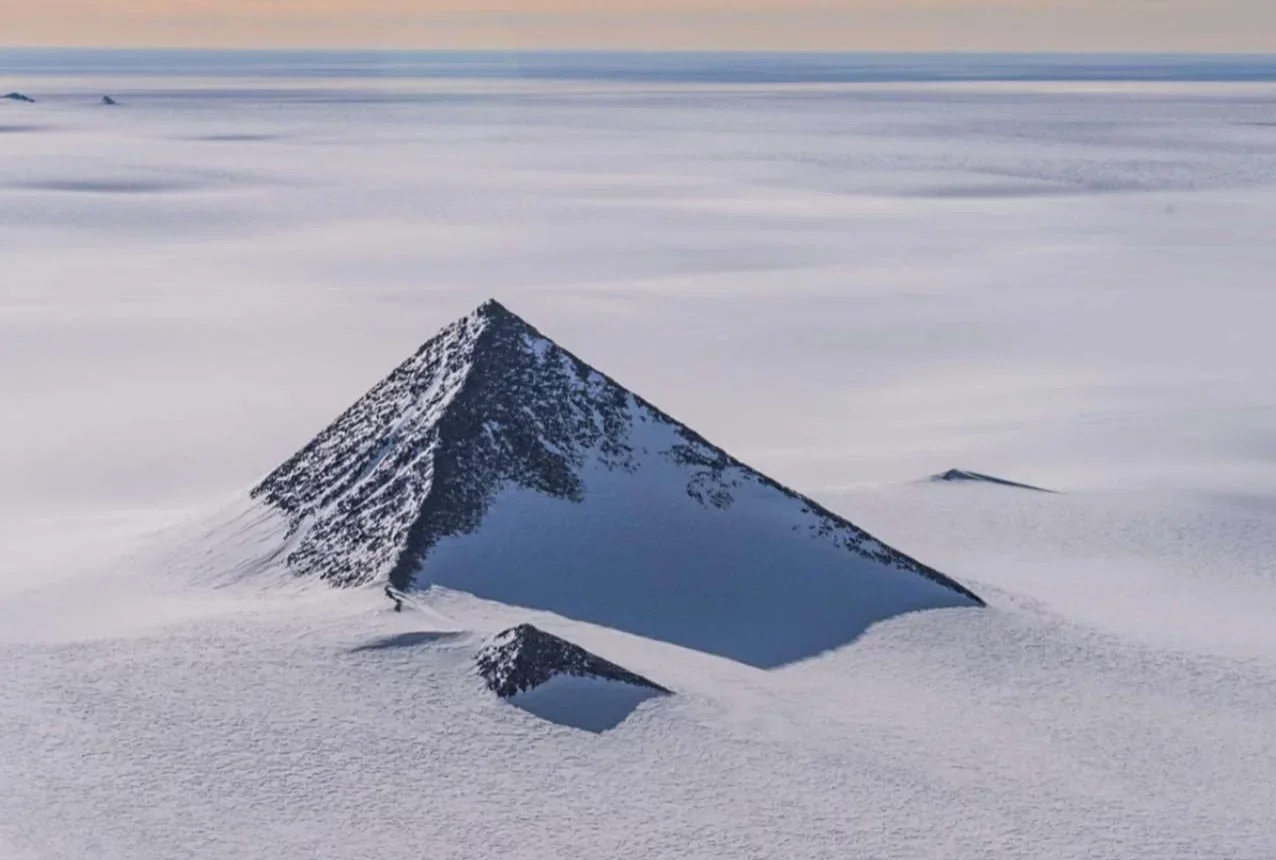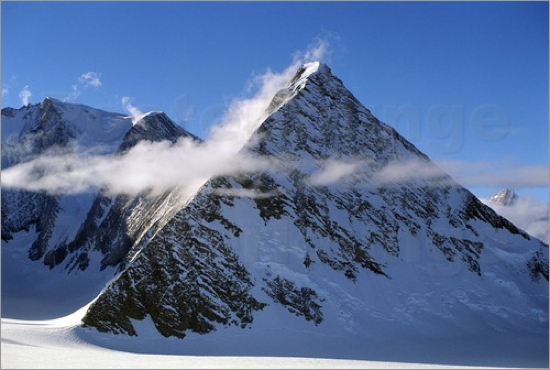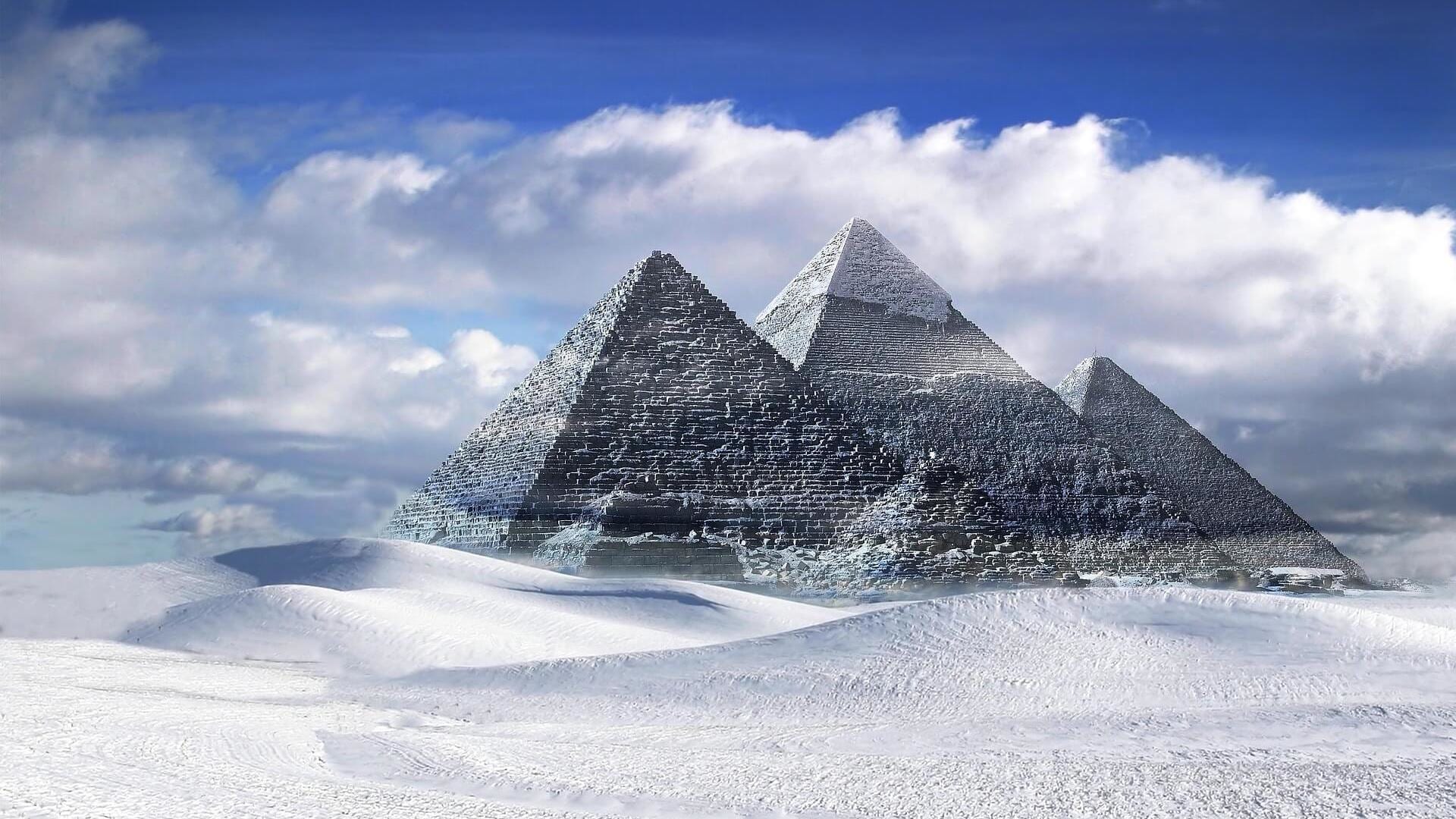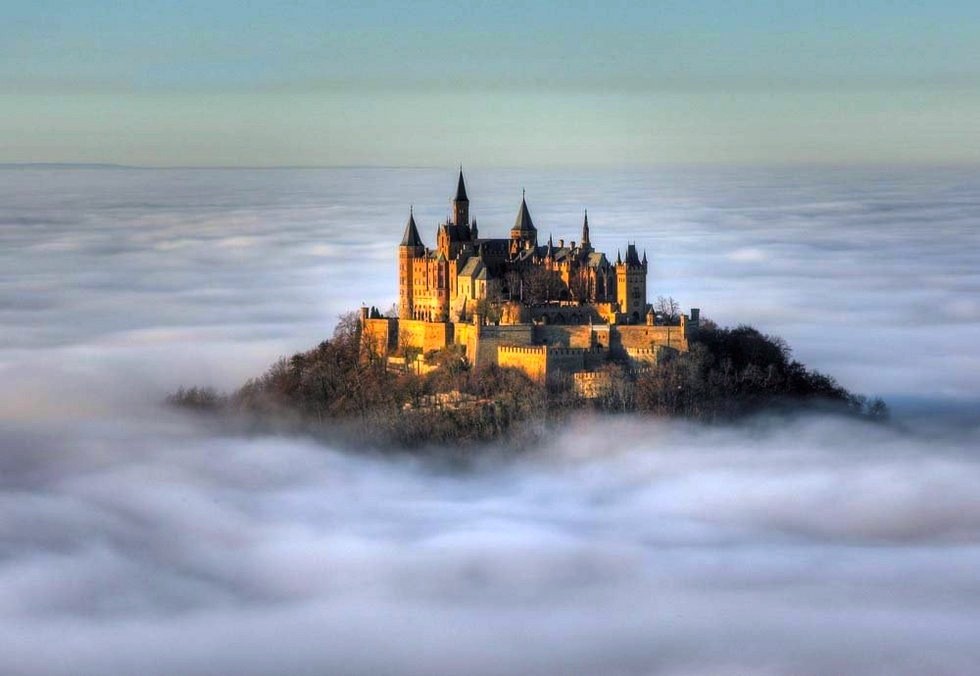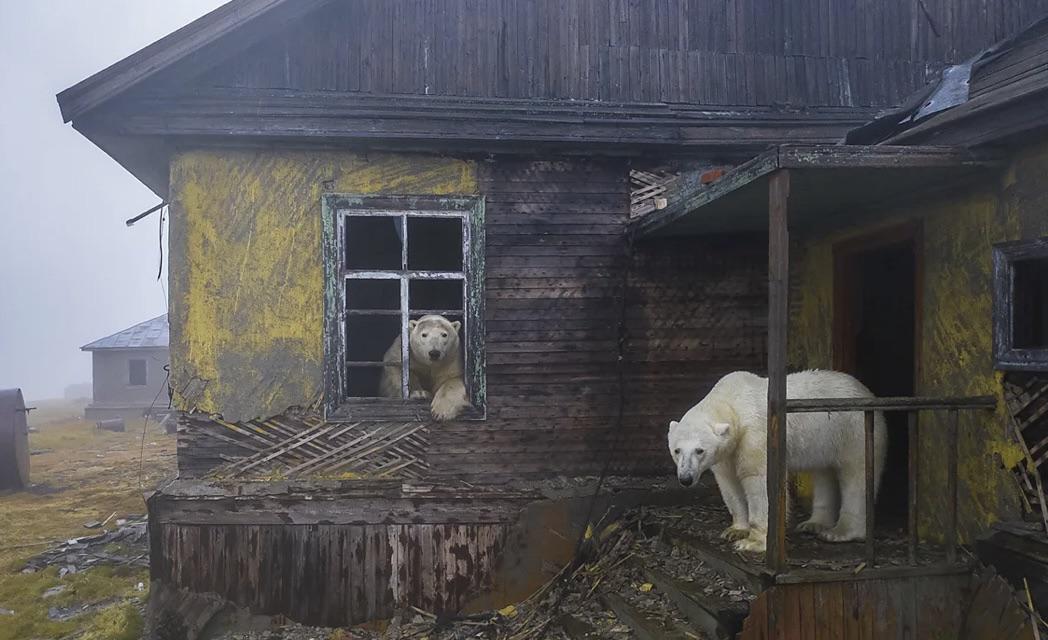In the vast, inhospitable landscape of Antarctica, where endless white expanses meet stark rocky terrain, stands a geological curiosity that defies expectations: a mountain so perfectly shaped it appears almost deliberately constructed. This pyramid-shaped mountain challenges our understanding of natural geological formations, capturing the imagination of scientists, adventurers, and conspiracy theorists alike.
Located in one of the most remote and least explored regions on Earth, this mountain presents a near-perfect triangular silhouette that seems almost too precise to be a product of natural geological processes. Rising from the ice-covered terrain, its steep, symmetrical sides create a geometric form that looks almost intentionally crafted, as if sculpted by an unseen hand.
Contrary to sensational theories suggesting artificial construction, geologists explain this remarkable formation as a result of complex geological processes. Nunataks – mountain peaks that protrude through ice sheets – can sometimes create extraordinarily symmetrical shapes due to specific erosion patterns and underlying rock structures.
The mountain’s pyramid-like shape is likely the result of multiple geological phenomena working in concert. Glacial activity, wind erosion, and the underlying rock’s structural composition all contribute to its remarkable geometric precision. Each face of the mountain has been meticulously carved by centuries of Antarctic winds, ice, and atmospheric conditions, creating a natural monument that rivals human-made architectural wonders.
Antarctica remains one of the least understood continents on our planet. Its extreme conditions create unique geological formations that challenge our conventional understanding of landscape development. The pyramid mountain stands as a testament to the continent’s capacity to produce seemingly impossible natural structures.
The surrounding landscape adds to the mountain’s mystique. Vast ice fields stretch to the horizon, broken only by occasional rocky outcrops and this remarkable pyramidal peak. The contrast between the stark white environment and the mountain’s dark, angular form creates a visual spectacle that seems almost surreal.
While the mountain’s shape is undoubtedly fascinating, its true value lies in what it can tell scientists about geological processes. Researchers study such formations to understand glacial erosion, tectonic activities, and the long-term environmental changes that shape our planet’s most extreme landscapes.
Each geological feature in Antarctica provides crucial data about climate history, planetary formation, and the dynamic processes that continue to shape our world. This pyramid mountain is more than just a visual curiosity; it’s a scientific treasure trove waiting to be fully explored and understood.
The mountain’s perfect geometric shape has inevitably sparked numerous conspiracy theories. Some speculate about artificial construction, extraterrestrial involvement, or hidden civilizations. However, scientific evidence consistently points to natural geological processes as the true architects of this remarkable formation.
The human tendency to seek extraordinary explanations for unique natural phenomena is understandable. Yet, the real story – of wind, ice, and rock working together over millennia to create such a precise shape – is perhaps even more fascinating than any fictional narrative.
This Antarctic pyramid mountain represents more than just a geological curiosity. It symbolizes the incredible complexity and beauty of our planet’s natural systems. In a landscape as unforgiving and pristine as Antarctica, even the most improbable formations can emerge, challenging our perceptions and inviting us to look closer at the world around us.
As technology and scientific exploration continue to advance, we may yet uncover more about this remarkable mountain. For now, it stands as a silent sentinel in one of the most extreme environments on Earth, a geometric marvel that reminds us of the incredible, often inexplicable wonders our planet can produce.
